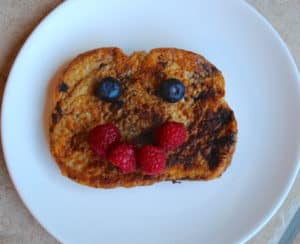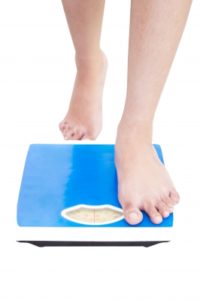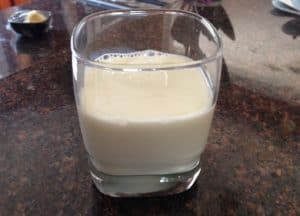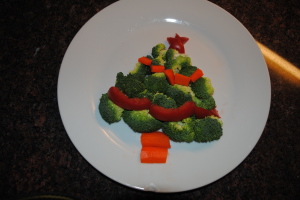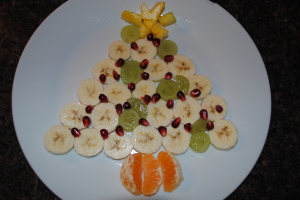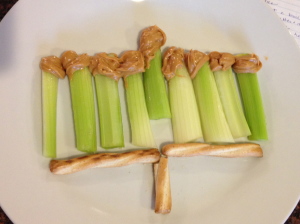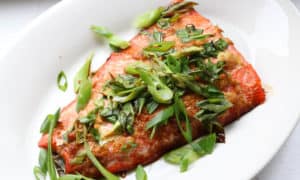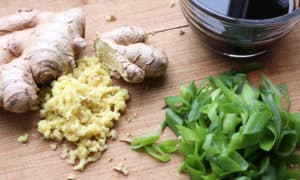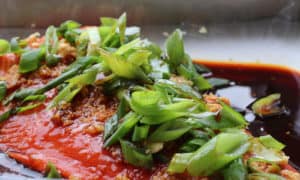A lot of us carry a little extra bulge in the middle. But how do you know if it is fat or bloat?
Bloating is caused by gas. Bloating and gas are caused by a number of things. (this list is not comprehensive)
- Swallowing air when you eat, chewing gum, carbonation
- Trouble digesting, slow digestion
- Constipation
- Dysbiosis (imbalance of bad bacteria) or SIBO
- Cancer
Many of us have extra fat in the belly. It is the place of choice for fat storage originating from:
- unhealthy fats such as trans fats or processed vegetable oils
- sugar overload
- genetics
So which do you have?
Answer: bloating ebbs and flows. If you wake up in the morning with a flat stomach and then look pregnant after dinner, it’s bloating. A bloated belly is usually (but not always) changing size and shape. If you don’t know, start using a measuring tape at several intervals throughout a day and week. If the number varies a lot, it is bloating. If you have belly fat, the number won’t change by more than an inch.
If you are still unsure, get checked out by a doctor. They can listen and feel around your abdomen find out more clues as to what’s going on.
So often we ignore bloating, but it can be a symptom or indication of a serious condition. And I am not just talking about cancer. If you have gut dysbiosis, it won’t just go away. Rather it leads to many avoidable problems. Call me, I can assess whether past diet, lifestyle, and antibiotic use may be causing your bloating.
For more information on bloating and how to fix it for good: read my eBook!
Image courtesy of jesadaphorn at FreeDigitalPhotos.net


